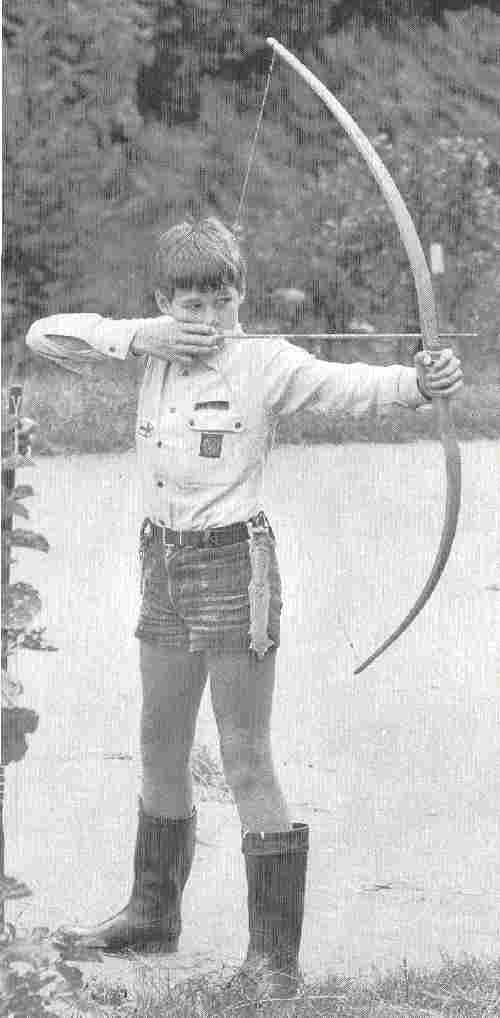
Figure 1.--I think this boy is a German Scout, probably photographed in the 1970s. He is wearing rubberized Wellington boots.


Figure 1.--I think this boy is a German Scout, probably photographed in the 1970s. He is wearing rubberized Wellington boots. |
Boys in uniformed youth groups have worn a wide variety of footwear from sandals to boots. For youth organizations footwear obviously needed to be robust and hardwearing, what with all that trekking and camping. Some groups had official shoes and boots, but most simply set general rules. Japanese Cubs and Scouts often wore sneakers. Wandervogel boys wore commonly wore hiking boots. The Hitler Youth discouraged sandals. English and European Scouts and even some Scouts once commonly wore sandals. American Scouts once wore leather shoes, but sneakers became more common in the 1970s. Today many European Scouts wear boots fpr Scouting. Boys Brigade boys mostly wear leather shoes. Gum or Wellington boots are most associated with English Cubs and Scouts, but they were also worn on the Contient.
Boys in uniformed youth groups have worn a wide variety of footwear from sandals to boots. For youth organizations footwear obviously needed to be robust and hardwearing, what with all that trekking and camping. We notice mostly boots or shoes until after World War II. An exception here is the footwear worn by youger boys such as Cubs in some countries who may have worn sandals. Some boys may have had boots for outdoor activities and shoes for normal meetings and events like church parade requiring a dress uniform. Some groups ma=y have had standards for this while others may have left it to each boy and his parents to decide. Then we gradually see sneakers becoming more common. We occassionaly see sandals before World war II, but they were not very common. We begin to see sandals being worn in the 1990s. The style of sandals we note are the new sport sandals marketed by the major athletic footwear companies. Boots, shoes, and sneakers are still more common, but the sport sandals are growing in popularity.
Some groups had official shoes and boots, but most simply set general rules. Wandervogel boys wore commonly wore hiking boots. The Hitler Youth discouraged sandals. We have some limited information on Scouting footwear. English and European Cubs (but not American) and even some Scouts once commonly wore sandals. Boys Brigade boys mostly wear leather shoes. Gum or Wellington boots are most associated with English Cubs and Scouts, but they were also worn on the Contient.
Certain types of footwear have proven more common in some countries than others. Today many European Scouts wear boots fpr Scouting. Japanese Cubs and Scouts often wore sneakers. American Scouts once wore leather shoes, but sneakers became more common in the 1970s. We have begun to note some boys wearing sandals in the 1990s.
Navigate the Historic Boys' Uniform Web Site:
[Return to the Main garment page]
[Activities]
[Biographies]
[Chronologies]
[Countries]
[Essays]
[Garments]
[Organizations]
[Religion]
[Other]
[Introduction]
[Bibliographies]
[Contributions]
[FAQs]
[Questions]
[Unknown images]
[Boys' Uniform Home]
Navigate the Historic Boys' Uniform Web chronological pages:
[1900s]
[1910s]
[1920s]
[1930s]
[1940s]
[1950s]
[1960s]
[1970s]
[1980s]
[1990s]
[2000s]
